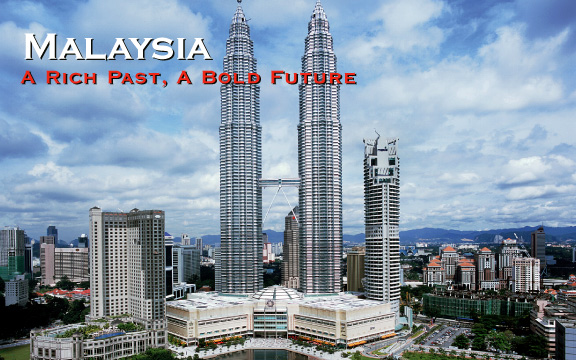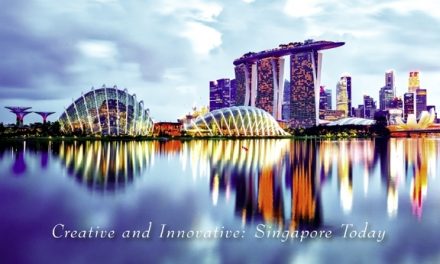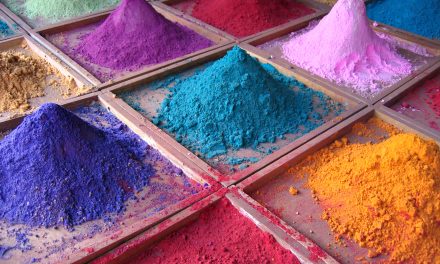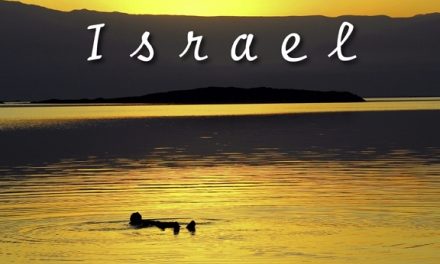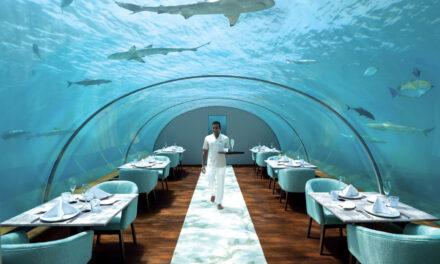Malaysia
A Rich Past, A Bold Future!
Published in the Summer 2005 Issue of Canadian World Traveller
Text: By Lise Giguère (l.giguere@videotron.ca)
Photos: By Lise Giguère and courtesy of Malaysia Tourism Promotion Board (www.tourismmalaysia.gov.my)
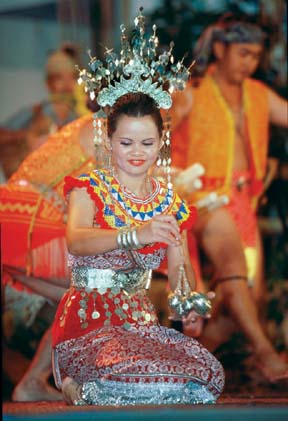 Although resolutely committed to a bright new future, Malaysia remains faithful to its thousand-year-old traditions. Visitors are constantly confronted by these two apparent contradictions. It’s only much later that one becomes aware of the potent love potion, now coursing through one’s veins, which causes one to succumb to the siren call of Asia and its many mysteries.
Although resolutely committed to a bright new future, Malaysia remains faithful to its thousand-year-old traditions. Visitors are constantly confronted by these two apparent contradictions. It’s only much later that one becomes aware of the potent love potion, now coursing through one’s veins, which causes one to succumb to the siren call of Asia and its many mysteries.
Kuala Lanpur
Finally! Here we are in the heart of the Southeast Asia. But if that’s so, where are the tiny wooden shacks, the dirt roads, the tropical forests and even, why not, the camps of tin miners who, at the end of the 19th century, bound themselves to protest their working conditions at the confluence of the Klang and Gombak Rivers?
Poof! Disappeared! And why? To make room for a new landscape of skyscrapers, whose dizzying rooftops are sometimes lost in the clouds of fog, which only too often shroud the dynamic capital of Malaysia, Kuala Lanpur, familiarly referred to as KL.
Bordered by Thailand in the north and Singapore in the south, Malaysia is a very attractive country with a very rich, multiracial heritage. Kuala Lumpur’s international airport is a wonder of modern technology. It can comfortably accommodate up to 25 million passengers per year.
Malaysia has constantly made great strides in the last three decades, in spite of the decline of the trade in tin, which was its initial claim to fame. Now, its envied location in the heart of the Southeast Asia has made it an exceptional venue for conferences, expositions and many other significant international events.
Inevitably, its historical face has changed. Today, along with its 1.5 million multiethnic inhabitants, KL is rejuvenated, dynamic and modern. The city is full of action, exhilaration and innovations.
The World’s Highest Towers
The twin towers of Petronas (Malaysia’s national oil company) are the perfect symbol of modernity. These two “intelligent” pillars (entirely computer-controlled) rise some 452 meters above the street and are visible from every point in the city.
They offer visitors 88 floors of offices, stores, boutiques and restaurants, as well as an art gallery and a concert hall. The Skybridge, a glass-encased footbridge that connects them in their center, is stunning, but causes many a visitor a considerable amount of shivers as they cross it. Suspended some 170 meters above the street, it affords a panoramic view of the city and its gardens. The pride of Malaysia, the towers dominate the landscape of the city, but they do not reveal the true heart of KL as do the surrounding vibrant, authentic ethnic districts in which most of the ordinary Malay people live.
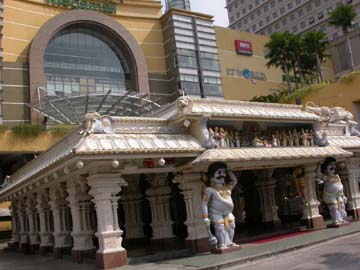 The markets may give the illusion of wealth, with their counterfeit Gucci, Dior, Chanel, Cartier, Sony and Samsung products, which are quite prevalent. However, it’s in the innate craftsmanship of the batik, glassmaking and embroidery artisans that one finds Malaysia’s thousand-year-old traditions.
The markets may give the illusion of wealth, with their counterfeit Gucci, Dior, Chanel, Cartier, Sony and Samsung products, which are quite prevalent. However, it’s in the innate craftsmanship of the batik, glassmaking and embroidery artisans that one finds Malaysia’s thousand-year-old traditions.
It is also by taking the time to travel around KL on your own, in spite of its unpredictable public transportation system. In this way, you will meet KL’s smiling and cordial locals, who sensing your interest, will direct you to their temples, the former glorious symbols of their religion, now seeming to sleep in the shadow of the city’s modern buildings.
The Mugambigei temple, standing at the foot of an ultramodern shopping centre, is undoubtedly the best example. The story goes that the company, which had obtained the contract to demolish the temple, broke three cranes while trying to uproot the sacred tree of Buddha, installed centuries before on its coveted site.
These repeated incidents were interpreted as a sign of the anger of the Gods and required reparation. To ask their forgiveness and thus prevent the shopping centre from being forever cursed, the investors revised their plans and re-erected the temple in all its splendour in the parking lot of the shopping centre.
Following the Steps of History
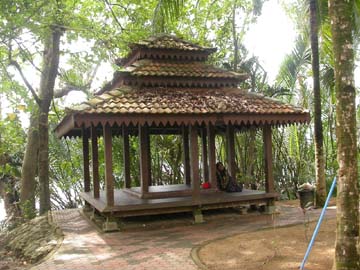 Although Kuala Lumpur has much to offer, it is by leaving the “City of light” that the traveller really experiences the beat of Asia’s heart – and it’s Melaka that plants the seed of undying passion for Asia in the traveller.
Although Kuala Lumpur has much to offer, it is by leaving the “City of light” that the traveller really experiences the beat of Asia’s heart – and it’s Melaka that plants the seed of undying passion for Asia in the traveller.
After two and a half hours by road, skirting a dense, green forest, teeming with scorpions, snakes and other creatures whose existence one prefers to deny, you arrive at Melaka. This old fortress city, one of most important in the 15th and 16th centuries, witnessed a procession of thousands of vessels that chose its port to conduct their trade in spices, silk and porcelain. What a cacophony there must have been, especially with the 84 languages that were being spoken!
Kuala Terrenganu, a small city on Malaysia’s East Coast where fishing remains the principal livelihood of the men, also proves to be a beautiful discovery.
Here, one should get up early so as not to miss a thing. In the five-star seaside hotel that’s my temporary home, the village rooster acts as my alarm clock. He’s much more effective than a telephone wake-up call! Especially since his fellow roosters, undoubtedly outraged to be upstaged by him, hasten to crow in turn.
The stress-free days passed slowly between trips to the market, walks in Trishaw (bicycle decorated with flowers, umbrellas or others bobbles), culinary discoveries and a visit in Bomoh (healer wizard). What an experience!
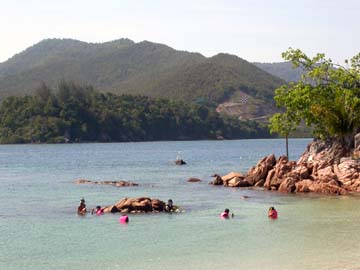 A few Days in Paradise
A few Days in Paradise
45 km from Kuala Terrenganu, lays Pulau Redang, one of a group of nine islands in the South China Sea. We get there by ferry and with a bit of patience (The crossing took one and a half hours). On arrival, a family of goats welcomed us on the wharf. Enchanted, we piled into the awaiting Jeep, which seems to stay on the road only by the will of the driver. The trip starts off like that and then time seems to stand still.
The driver circumvents the monkeys, goats and other obstacles, and unperturbed, carries on down the road in this tropical paradise which was the setting for the film “The Beach” starring Leonardo Di Caprio. It’s true that here one is never far from a beach. With its crystalline water of beautiful turquoise, white sand the texture of baby powder, tropical forest teeming with wild monkeys (not forgetting the lizards and others creatures who like to make surprise visits at nightfall), Pulau Redang really does resemble a film set.
This marine park soon proves to be the ideal place for the snorkeling or scuba diving. The fish approach so close to your face that the locals call them “Kissing Fish”. As for the divers, what stories they bring up with them to the surface! They often report exciting encounters with barracudas or sharks while exploring the wrecks of the H.M.S. Prince of Wales and the H.M.P. Repulse. Exploring these two ships that were sunk in the Second World War during the Japanese occupation of Malaysia is only one part of an unforgettable experience.
Swimming? The majority of the sea bathers prefer to let themselves float in these warm waters, which is like soaking in a nice hot bathtub during cold weather.
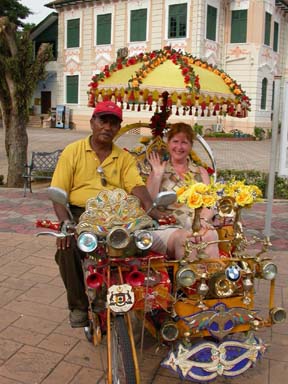 Malaysian Cuisine
Malaysian Cuisine
Oops… I almost forgot. Food in Malaysia is very spicy and requires a bit of prudence for the uninitiated. However, be daring and try the Satay (beef or chicken brochette) or the Steamboat (soup you prepare yourself by plunging shrimps, fish, mushrooms, vegetables, noodles, chicken and eggs into a boiling chicken stock) and let this country of a thousand flavours and scents bewitch you.
For More Info
Malaysia Tourism Promotion Board
1111, West Georgia St, Suite 1590
Vancouver, BC V6E 4M3
Tel.: 604-689-8899 or 604-689-8804 or 1-888-689-8672
Fax: 604-689-8804
Email: bahruddin@tourism.gov.my
Website: www.tourismmalaysia.gov.my
High Commission of Malaysia
60 Boteler St, Ottawa, ON K1N 8Y7
Tel.: 613-241-5182
Fax: 613-241-5214
Email: mwottawa@istar.ca
Website: http://home.istar.ca/~mwottawa

